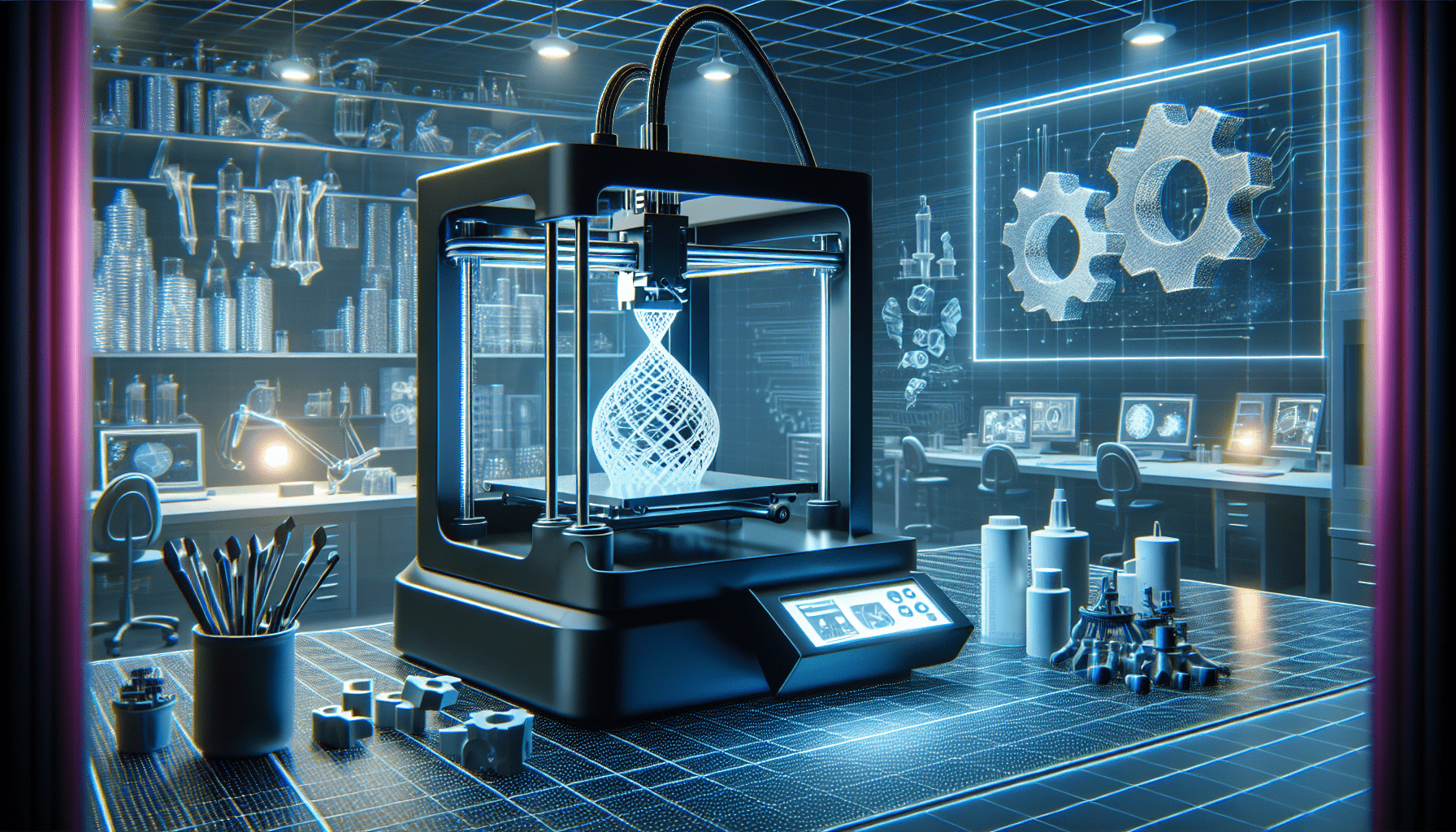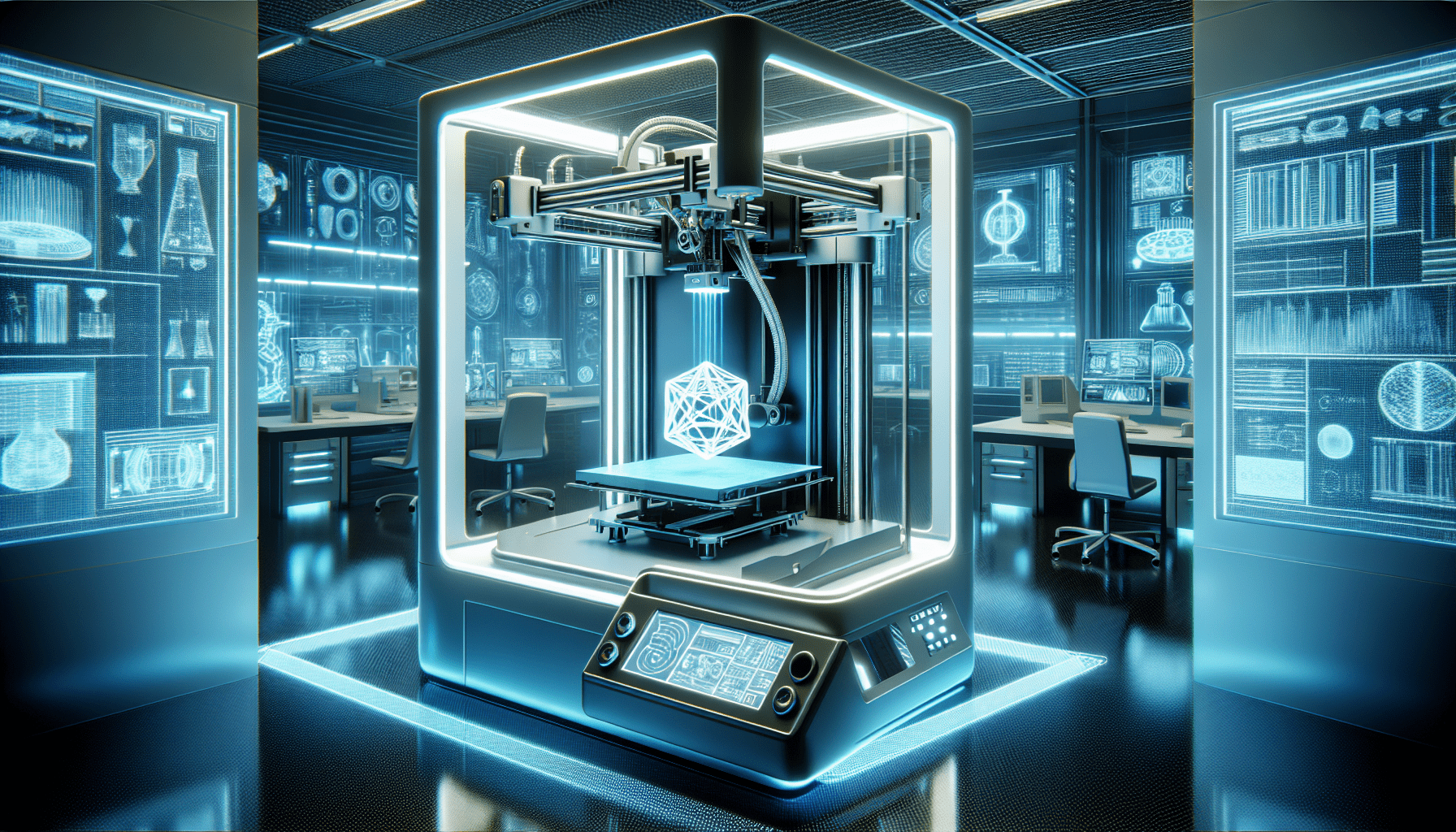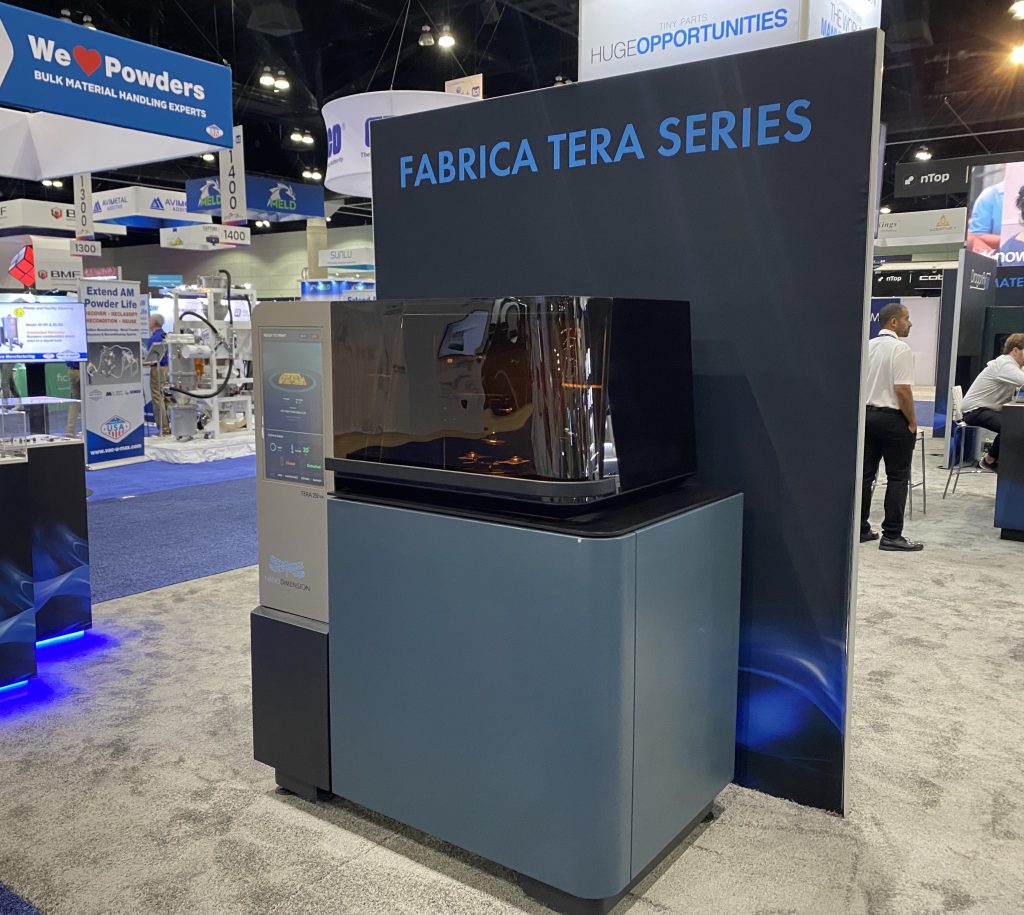FLASHFORGE Adventurer 5M 3D Printer,600mm/s Max High-Speed FDM 3D Printers with Fully Auto Leveling, 280°C Direct Extruder with Quick Detachable Nozzle, Effective Cooling, Core XY Structure
$259.00 (as of June 19, 2025 23:45 GMT +00:00 - More infoProduct prices and availability are accurate as of the date/time indicated and are subject to change. Any price and availability information displayed on [relevant Amazon Site(s), as applicable] at the time of purchase will apply to the purchase of this product.)Have you ever wondered how 3D printing technology is transforming various industries and contributing to sustainability?

Buy Photon Mono M5 Get Free 1KG Resin
Queensland Government Funds 3D Printing Innovation
The Queensland Government has recently made headlines by funding innovative 3D printing projects through the Queensland-Bavaria Collaborative Research Program. This initiative highlights the significant strides being made in additive manufacturing, particularly in areas intersecting healthcare and sustainability.
The Queensland-Bavaria Collaborative Research Program: An Overview
This program, which began in May 2023, serves as a bridge between Queensland’s Department of Environment, Science and Innovation (DESI) and the Bavarian State Ministry of Science and the Arts. The core aim is to nurture collaboration in fields like additive manufacturing, biomedical research, and cleantech. By focusing on these areas, the program contributes to both Queensland’s economic strategies and global sustainability goals.
Funding Allocation and Distribution
Through this program, the Queensland Government is allocating a total of $500,000 to various projects. Each project is entitled to receive up to $130,000, with an additional $80,000 or more contributed by Queensland partners. This financial support emphasizes the state’s commitment to fostering groundbreaking research capable of addressing some of the most pressing issues of our time.
| Project Title | Area of Focus | Queensland Partners | Bavarian Partners |
|---|---|---|---|
| Convergence of Composite Material Manufacturing and Patient-Specific Implant Design (CoCoManuFact) | 3D Printed Biodegradable Bone Scaffolds | Queensland University of Technology | Ludwig Maximilian University |
| Additive Green Electronics | Sustainable Electronic Manufacturing | University of Southern Queensland | Technical University of Ingolstadt |
CoCoManuFact: Revolutionizing Bone Regeneration
One of the standout projects funded through this initiative is the “Convergence of Composite Material Manufacturing and Patient-Specific Implant Design (CoCoManuFact).” This project is spearheading the development of 3D printed biodegradable composite scaffolds tailored for bone regeneration.
The Significance of Biodegradable Scaffolds
Biodegradable scaffolds hold tremendous promise for biomedical engineering. These structures can be absorbed by the body over time, eliminating the need for additional surgeries to remove implants. The collaboration between Queensland University of Technology and Ludwig Maximilian University aims to push the boundaries of what’s possible in this field, streamlining both the design and manufacturing processes to deliver improved patient outcomes.
Additive Green Electronics: Tackling Electronic Waste
Another important initiative is the “Additive Green Electronics” project, aimed at addressing the electronic waste problem. By developing bio-based, recyclable electronics, the project seeks to create high-performance yet eco-friendly electronic products.
Sustainable Materials for a Greener Future
In this project, sustainable materials like polyamide-4 and copper are being used to create multilayered circuits and health-monitoring sensors. This collaborative effort between the University of Southern Queensland and the Technical University of Ingolstadt represents a significant leap toward a future where electronics are not only high-performance but also environmentally responsible.
The Broader Implications of These Projects
Projects like CoCoManuFact and Additive Green Electronics are more than just technological advancements; they symbolize a crucial step towards a sustainable and healthier future. These research endeavors showcase how international partnerships can expedite technological progress and address global challenges.
Queensland’s Role in Global Sustainability
Queensland Chief Scientist Professor Kerrie Wilson has pointed out the program’s role in promoting world-class science and innovation. By focusing on advanced technologies like 3D printing, Queensland is contributing significantly to a zero-emissions future and enhanced healthcare solutions.
The Economic Impact of 3D Printing
Additive manufacturing isn’t just a technological marvel; it’s a rapidly growing sector. In 2023 alone, consumer products manufactured through additive methods generated $2.6 billion in revenue.
Projections for Future Growth
This segment of the economy is expected to grow exponentially, reaching $28 billion by 2033. Innovations funded by initiatives like the Queensland-Bavaria Collaborative Research Program play a vital role in driving this growth.
| Year | Revenue from Additive Manufacturing |
|---|---|
| 2023 | $2.6 billion |
| 2033 | $28 billion |
Sectors Benefiting from Additive Manufacturing
While healthcare and sustainability are two prominent areas, other sectors like aerospace, defense, automotive, and consumer products are also benefiting from additive manufacturing technologies. The cross-sector application of 3D printing makes it a versatile tool for economic development and innovation.

$30 off $400+ Anycubic Products with code AC30OFF
Case Studies: Real-World Applications
Freemelt and Nvision
Recent cases like Freemelt establishing a North American application center and Nvision’s FDA clearance for a 3D printed PEEK Interbody System illustrate the manifold applications and rapid advancements in the field.
Umami Bioworks and Veterans Affairs
Another notable example is Umami Bioworks forming partnerships to advance bioprinting, and the Department of Veterans Affairs using 3D printing for personalized radiotherapy boluses for veterans. These real-world applications underscore the transformative potential of 3D printing across various domains.
Conclusion
The Queensland Government’s investment in 3D printing innovation through the Queensland-Bavaria Collaborative Research Program serves as a powerful example of how targeted funding and international collaboration can foster groundbreaking advancements. These initiatives not only push the envelope in terms of technological capabilities but also align closely with global sustainability goals and improved healthcare outcomes.
A Bright Future for Additive Manufacturing
As we look ahead, it’s clear that additive manufacturing will continue to play an essential role in shaping a more sustainable, efficient, and innovative world. The success of projects like CoCoManuFact and Additive Green Electronics offers a glimpse into a future where technology and sustainability go hand in hand.
So, the next time you hear about 3D printing, you’ll know it’s not just about creating objects layer by layer. It’s about the potential to solve some of the most pressing challenges of our time, from healthcare to environmental sustainability.
Buy Photon Mono M5 Get Free 1KG Resin








